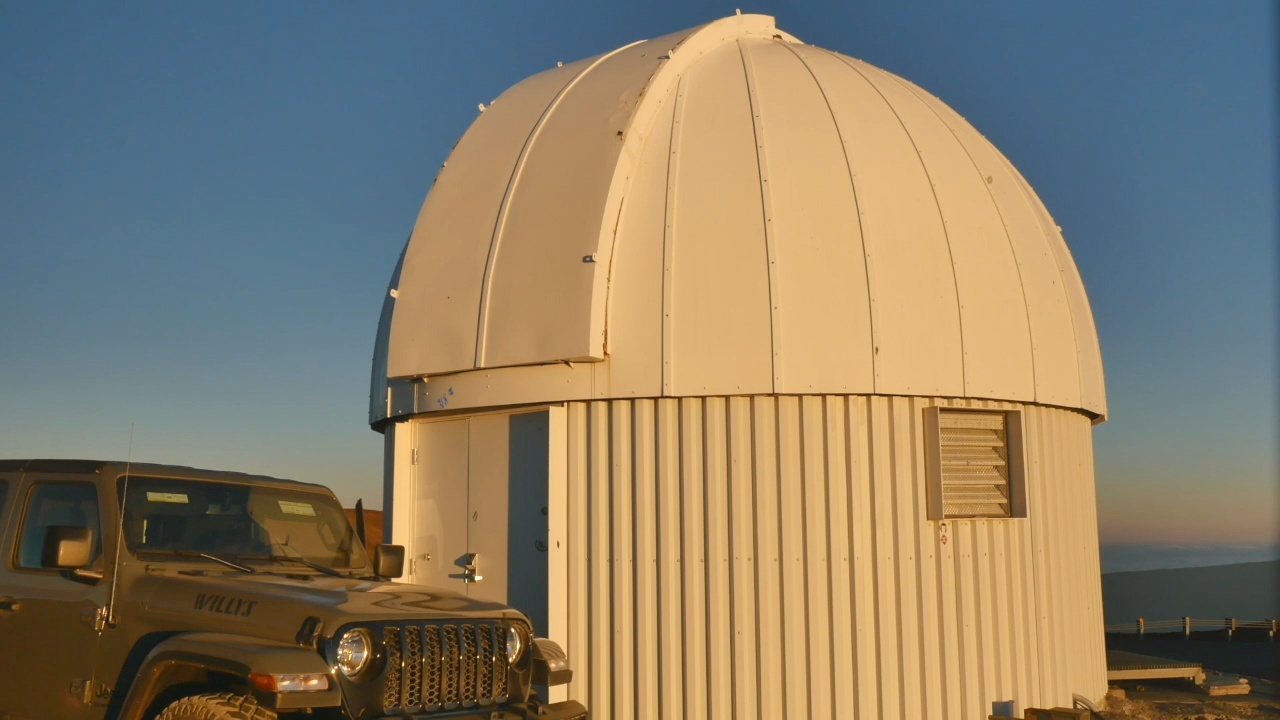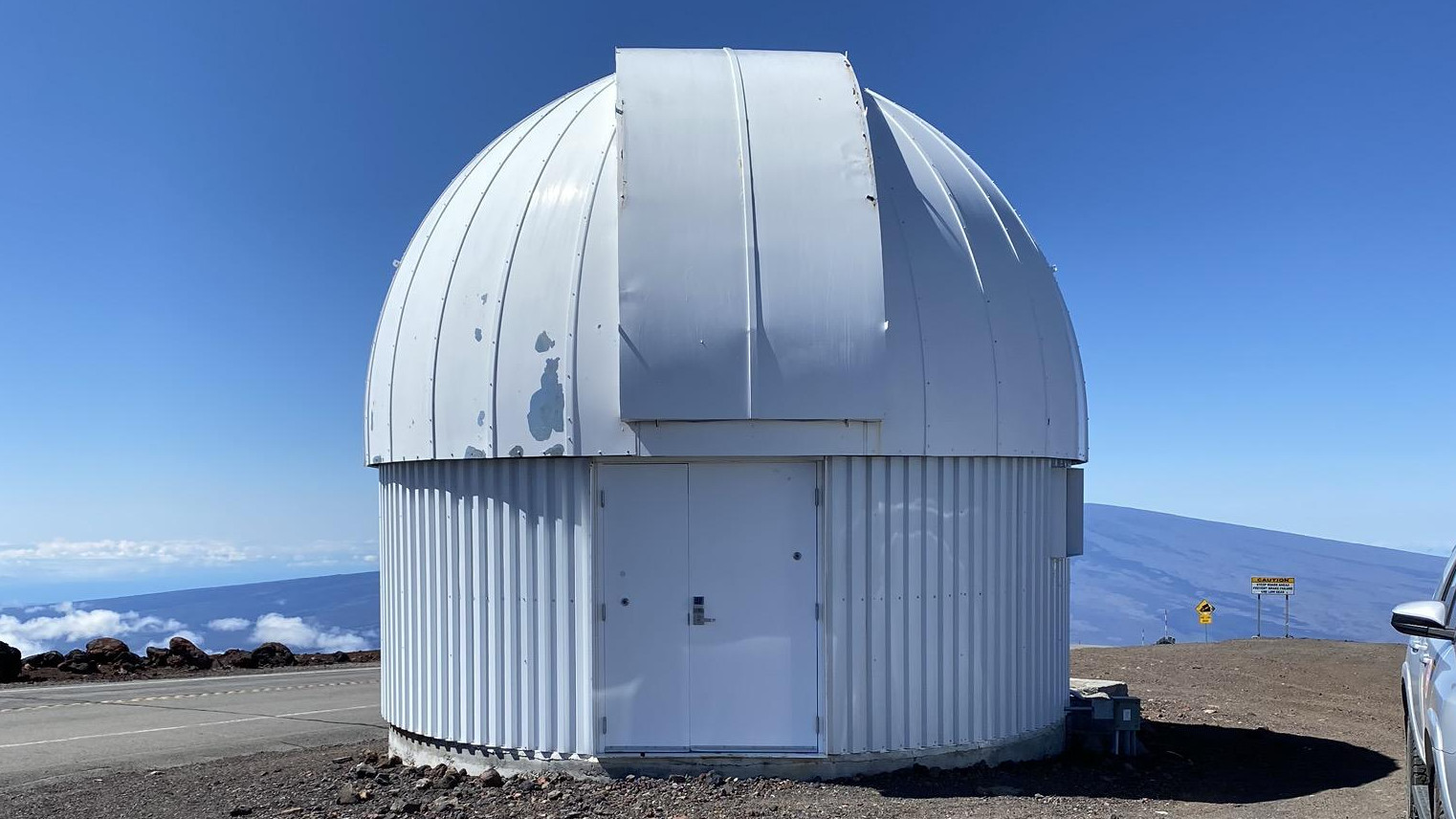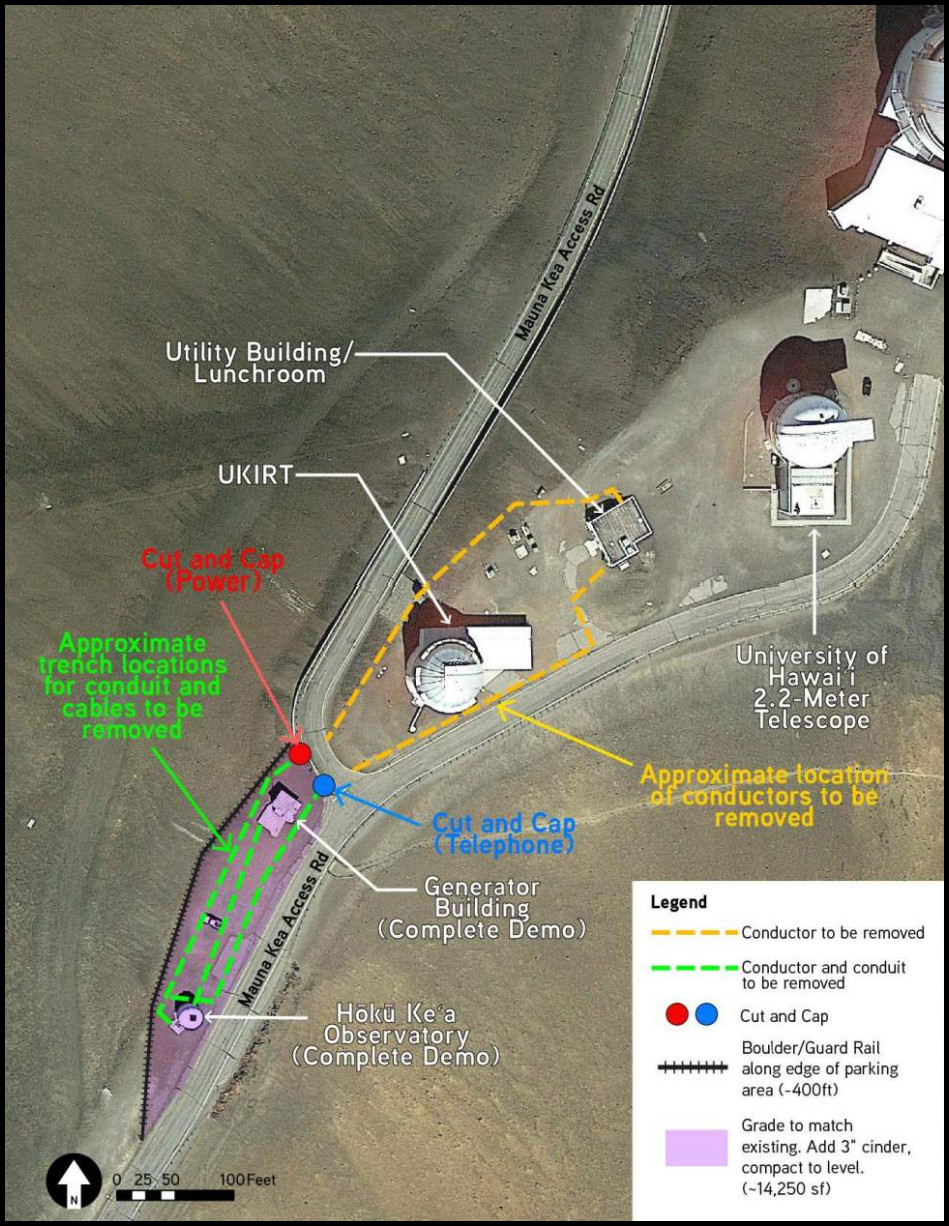(BIVN) – The removal of the Hōkū Keʻa Observatory from the summit of Maunakea will begin in April, the University of Hawaiʻi has announced, with the decommissioning process expected to be completed by August.
There will be occasional closures of the Maunakea Access Road as crews work to complete the project.
From a University news release issued on Monday:
The decommissioning includes the removal of the observatory building, generator building and telecommunications and electrical infrastructure. The project is following the decommissioning process required under the Mauna Kea Comprehensive Management Plan (CMP).
“We are one step closer to fulfilling UH’s promise to remove observatories from the summit of Maunakea,” said Greg Chun, UH Hilo CMS Executive Director. “The very detailed process laid out in the CMP requires everyone working on this project to complete cultural training and understand the history and cultural significance of the area. The decommissioning process requires archaeological, cultural, invasive species, and construction monitoring throughout the project to ensure best management practices are being followed. The process also requires three-years of site monitoring post-decommissioning to assess species population and diversity.”
Hōkū Keʻa is the second telescope on Maunakea that is in the final phase of decommissioning. The deconstruction and site restoration of the California Institute of Technology Submillimeter Observatory is scheduled to be completed by fall of 2024.
The UH Hilo observatory is located on the southeastern side of the 528-acre astronomy precinct on the summit and was built by the U.S. Air Force in 1968. It was one of the first observatories on Maunakea before it was given to UH in 1970 and transferred to UH Hilo in 2003.
In a separate undertaking, the University of Hawaiʻi at Hilo is planning to locate a new teaching telescope at Halepōhaku, the mid-level facility on Maunakea.




by Big Island Video News11:40 am
on at
STORY SUMMARY
MAUNAKEA, Hawaiʻi - The decommissioning includes the removal of the observatory building, generator building and telecommunications / electrical infrastructure.